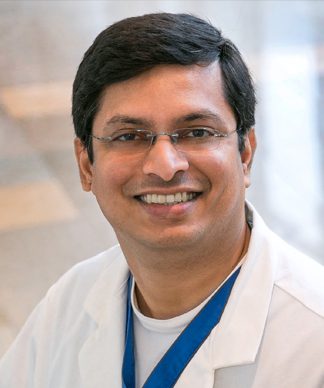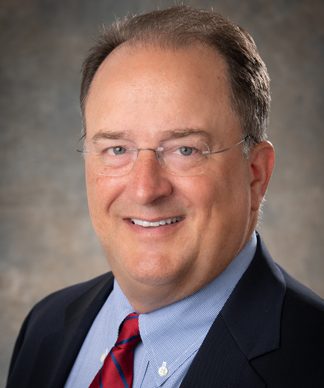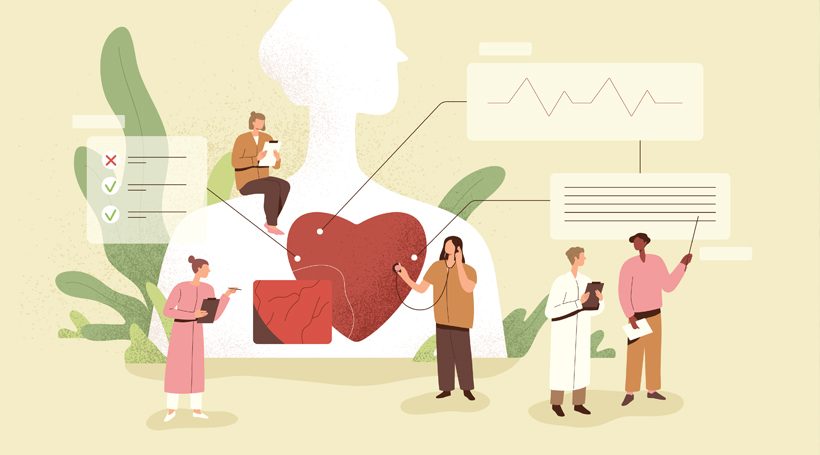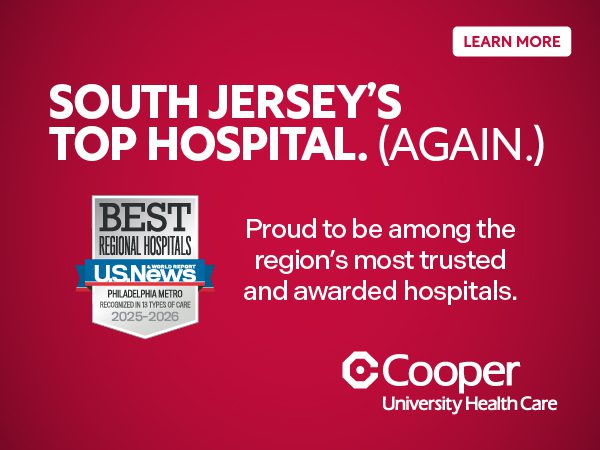If you’re having heart troubles, treatment today isn’t what it used to be – and that’s a good thing.

Harit Desai, DO
“The world of cardiology and interventional cardiology is exploding in terms of innovation,” says Harit Desai, DO, medical director of the Cardiac Catheterization Laboratory at Capital Health. “Everything is moving away from open surgery towards minimally invasive approaches.”
When people think of a heart attack, most immediately picture the worst-case scenario of needing to undergo immediate open-heart surgery. But now, that’s rarely ever the case, says Desai.
“If someone comes in presenting a heart attack, we now have teams on standby that have a number of options – from stents, a balloon or a catheterization procedure – that can open the blocked artery within 90 minutes of walking through the emergency room doors,” he says.
Doctors often don’t have to surgically open the patient at all. Many treatments now can be done through an artery in the groin or, even less invasively, through the wrist, which can drastically reduce the risk of complications and minimize recovery time.
“Now, we’re at a stage where someone can come in with an uncomplicated heart attack, meaning they don’t have any other major risk factors, and even with 100% blockage, we can treat them and have them home within 48 hours,” says Desai.
A lot has changed even in terms of awareness, he says. “Healthcare providers have put a lot of work into teaching communities the symptoms of a heart attack, what to do, what treatment options might be available, what care will look like.”
Hospitals and providers have also made significant strides to help the general population recognize all signs of heart trouble. One big campaign raises awareness of women’s cardiac care needs.
“What many people do not know is that women have significantly different warning signs than what we’d normally think of as recognizable heart-attack symptoms,” says Desai. “Jaw discomfort, general fatigue, declined activity levels, sweating episodes, arm heaviness, belly discomfort, pain between your shoulder blades – these are all things that are easy to ignore, but could be telltale symptoms for women having a heart attack.”
The healthcare community has even been educating adults on the risks of added complications, like how diabetes may create atypical symptoms because the disease can cause damage to a person’s nerve endings. Another campaign helps people recognize possible heart attack symptoms in adults with dementia who can’t articulate how they’re feeling.
But most recently, the focus has been on getting patients to seek care in the first place, even, and especially, as hospitals respond to an uptick in Covid cases.
“Just like March 2020, we’re starting to see a lot of patients come in with late-stage presentations of heart attacks because they’re putting care on the back burner,” says Desai. “People don’t want to come into the hospitals and risk getting Covid, or if they start to feel sick, they write it off as Covid. But the problem is that even though we’re facing a pandemic, heart issues aren’t going away. When people ignore symptoms, they risk creating more and more complications. And unfortunately, sometimes by the time they come in, it’s too late.”

Kurt Kaulback, MD
Not only are doctors fervently urging patients to come in as soon as symptoms start – they’re often encouraging patients to go through with elective procedures as well. In fact, some of the most major strides in cardiac care are not medical advancements at all, says Kurt Kaulback, MD, clinical director of Cardiovascular Services for Inspira Health and member of Cardiac Partners of Cooper and Inspira – they’re legislative.
Just this year, New Jersey legislators signed a bill into law that allows community hospitals to perform non-emergency cardiac interventions that in the past have had to be done in a larger hospital.
“There are many diseases or injuries that can’t be dealt with in a community hospital because they don’t have the same resources as larger regional or urban ones,” says Kaulback. “But recent studies have found that community hospitals in the state do have the ability to offer these services safely, and it can be a game changer for patients.”
The elective procedure is, at the very least, a convenience for patients, which in healthcare means a lot, he says. Patients no longer are required to transfer from one facility to another, which allows them to stay close to home, work with the doctors they’re familiar and comfortable with, receive less invasive care and save valuable time.
“There is a lot of anxiety that comes along with a patient who has never had any symptoms of heart disease,” says Kaulback. “When all of a sudden they’re being told that they need to have a procedure done on their heart, that doesn’t feel like a small thing to them. They don’t want to go to a new facility. They don’t want to travel far. They want to be able to do it soon, close to home, where they are comfortable. And that’s a huge advantage.”
This has been especially important since the pandemic started, he says, as transferring a patient from one hospital to another poses a significant risk of spreading Covid for all parties involved.
In the past, the scope of cardiac care that could be performed in community hospitals was even more limited. Before 2009, if a patient came in for a heart attack, they were immediately re-routed to a larger hospital. Now, they can be admitted and treated right away.
“Being able to immediately treat a patient without having to helicopter them to another hospital saves time and saves the heart muscle,” says Kaulback. “Every minute the heart goes without oxygen, cells are dying.”
When Kaulback started practicing 27 years ago, he says, “your choices were medicines, extremely invasive surgery or a balloon angioplasty. By the time I finished my residency, we had bare metal stents, but they were crude by today’s standards. They were difficult to deliver, had a high incidence of complication rates, they weren’t anything like the extremely advanced stent technology we have now, which are almost universally used.”
Kaulback himself is amazed by how much has improved in heart care in his lifetime. “Most of us wouldn’t have believed in the ’90s that one day we’d be able to fix people’s arteries without surgery and have them stay healthy for years and years and years,” says Kaulback. “Now, it’s the norm. Who knows what we’ll see coming down the line over the next decade.”














